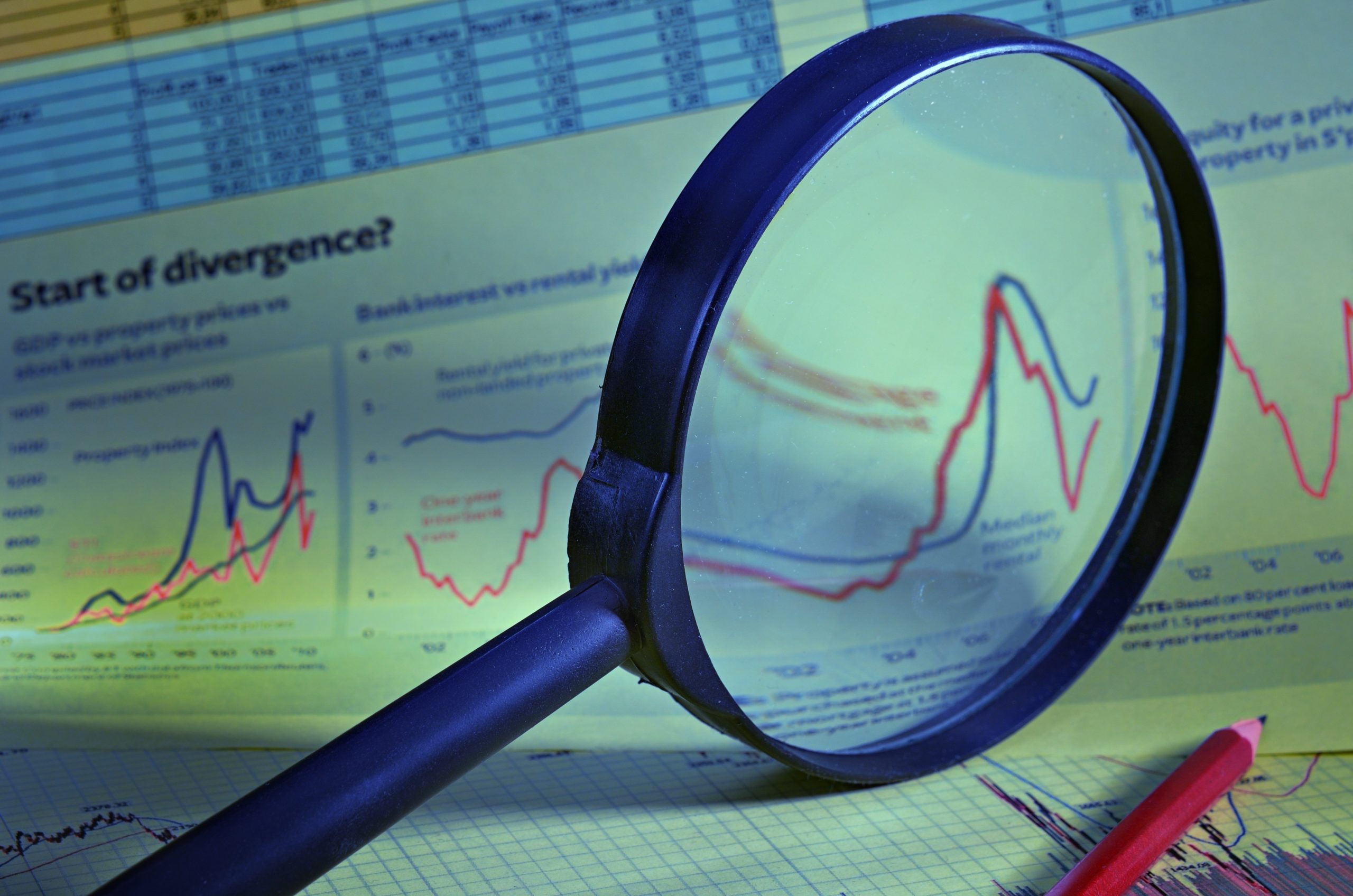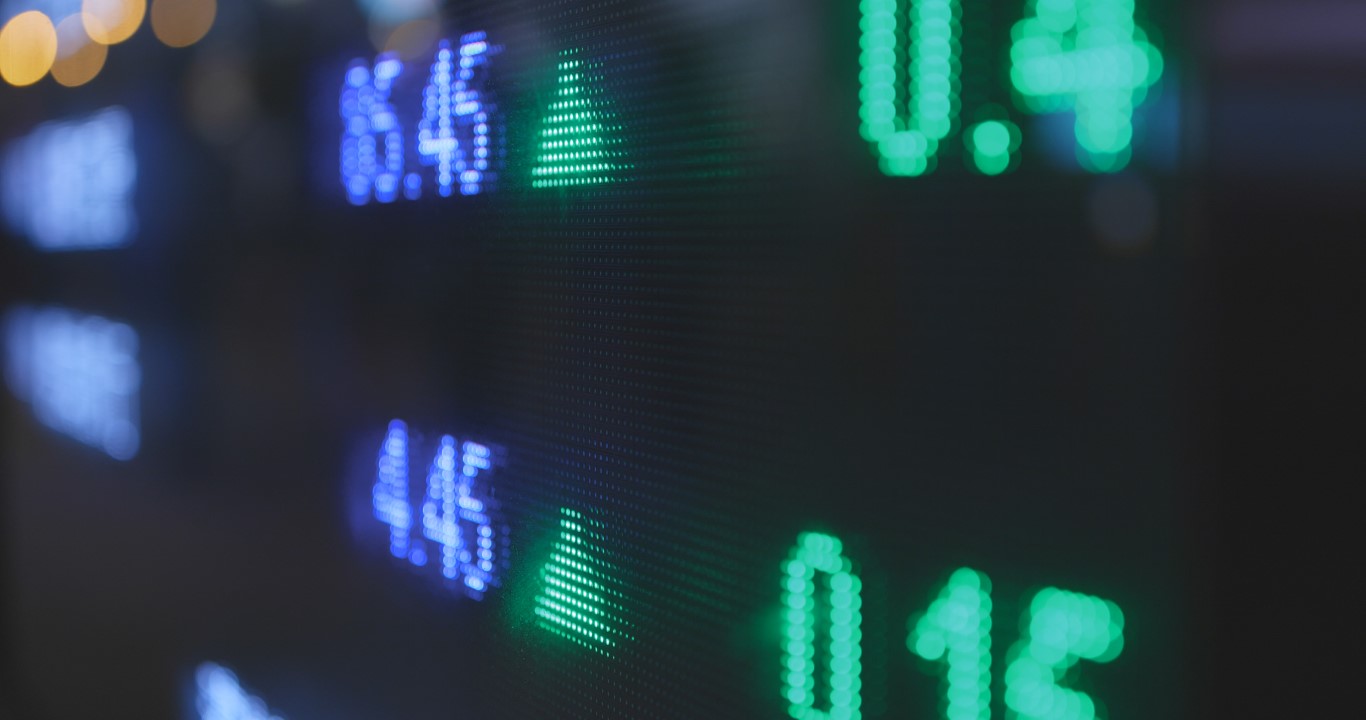by Russell Sands
Many of you may already know my disapproval of looking at anything other than direct price action of the market you are trading; to say nothing of my contempt for some of the more ‘exotic’ indicators out there. Well, one of the hot new twists in technical analysis that vendors and system designers have come up with are indicators where the price of one market becomes a signal for a trade in another (related) one. The term in vogue days is ‘Intermarket Analysis’. What started out several years ago known simply as ‘Correlation’ has been carried to a whole new level. And needless to say, I think it’s been carried just a little bit too far.
One of the more ‘popular’ relationships that people look at these days is between the Bond market and the CRB Index. Traditional argument is that these two markets are negatively correlated, since the CRB is a proxy for inflation. If general commodity prices are rising, this means the overall economy is expanding, along with inflationary pressures, and thus the government will have to raise interest rates (bond prices go down) in order to keep the economy under control. On the other hand, if interest rates remain low (bond prices are high), this means we are still in the recessionary phase of the economic cycle, where we would expect commodity prices to be weak. And in fact, in the summer of 1990, a falling CRB Index kept me from selling a short-side breakout in bonds which ultimately was a false breakout, thus saving myself some money.
But are the Bonds and CRB really negatively correlated, or at least consistently enough to be able to use this information to make money trading? While these two markets did go in opposite directions for the second half of 1992, in the first half of that year they seemed to be going the same way. In fact, statistical testing on the computer revealed that the correlation coefficient between these two markets for the whole year 1992 was approximately zero. A zero correlation means that the two markets moved randomly with respect to each other. As for 1993, the picture was not much clearer. We noted several periods when these two markets appeared to move in tandem to each other. The correlation coefficient (C.C.) for that entire year was -.24, not much better than random.

Okay, what about Bonds and Currencies? Conventional wisdom says that they are positively correlated, because higher interest rates (lower bond prices) make the dollar more attractive to global capital (lower ‘foreign’ currency prices). But once again, this is only the case some of the time. In the past, we have seen Bonds and Currencies highly negatively correlated on a short term basis. Why? Because as the dollar falls all over the world relative to other currencies, our government talks about raising domestic interest rates in order to make our dollar more attractive. So, over time the Yen or the Mark rally to new highs while the Bonds sell off in fear of Fed tightening. There was an obvious inverse relationship between these two markets, and in fact, at that time, the average C.C. between Bonds and Swiss Franc had been about .22 (not very high statistically).
The moral of this story is that you must be very careful when trying to trade one market based on the price action of another market. In fact, there are a whole bunch of ‘intermarket relationships’, that while intuitively attractive, just don’t stand up to statistical validation. People used to think that Gold was a measure of inflation, so Bonds and Gold should be negatively correlated. But for four years of study, the average C.C. was less than -.20. And as for Bonds and Crude Oil, while the C.C. was -.35 in 1990 (the Gulf War), after several years following it had been right around zero. So next time you see a breakout in Gold or Crude, don’t rush to sell the Bonds.
I used to think that Bonds and S&Ps would be highly related, but the average C.C. between 1992 – 1996 had been only about .38. To give you an example of an (expected) high correlation, Bond and Ten Year Notes ran right around .93 consistently. On the other hand, Bond and Eurodollars only averaged about .57, meaning that the short and long ends of the yield curve are a lot more independent than one might think they are.
Beans are more highly related to Meal (.90) than to Bean Oil (.78) and pretty highly related to Corn (.70), but have a very low C.C. with Wheat (.35). Hogs and Pork Bellies average a C.C. of around .75 to each other, but either one these has only a low .20 C.C. with respect to cattle.
Within the Currency complex, the Swiss Franc and Mark are consistently around the .90 level, but the Pound is lower (.70) versus these two European markets. The Yen, which used to be .65 vs. the Mark was only .35 for 1993, underscoring the fact that not all the foreign currencies move in tandem against the US Dollar anymore, but are more independent against each other than they used to be.
There were also a few surprising results of things that I thought would be ‘related’ but turned out not to be. Coffee and Cocoa had a zero correlation with each other. Bonds and Lumber (do housing starts indicates economic strength) also turned out to be zero. And finally, there are some markets that seem to have absolutely no relationship to anything else. Which means, that if you want to add diversification to your portfolio, you can always take a signal in any of these markets. Perhaps the safest overall course is just to pay attention to the price of the market in which you are contemplating a trade, and forget about all these other ‘outside’ factors.











Recent Comments